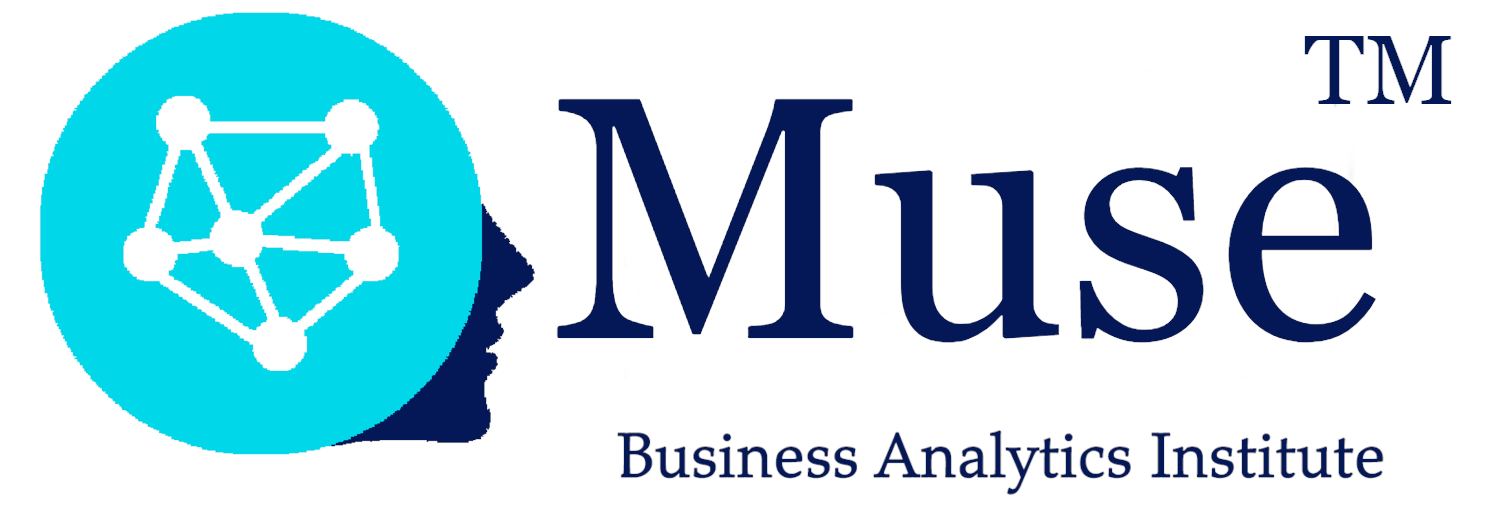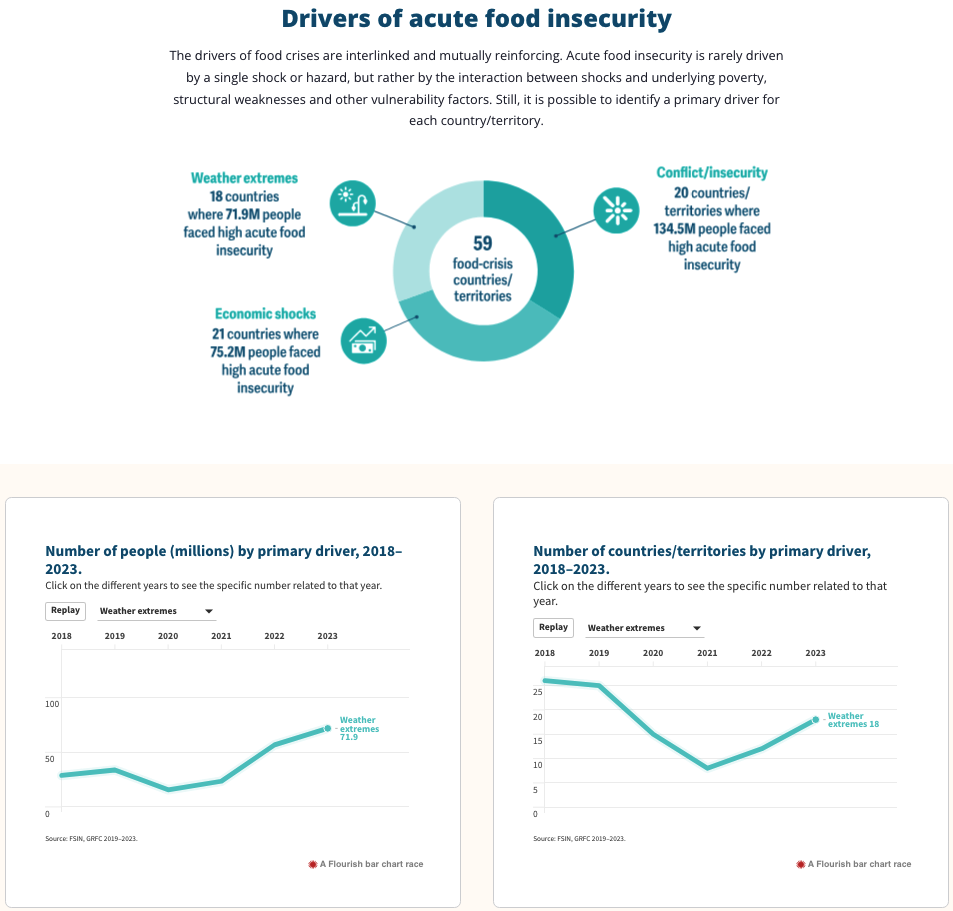Around the world
of AI
in agronomy
In previous editions of Muse™, we discussed the themes of climatological studies using artificial intelligence (AI) and the carbon footprint impact of AI. In this special issue, Muse™ addresses the use of AI in the field of agronomy.
Although agronomy, compared to various tertiary sector activities (finance, management, industry, etc.), is a field that Muse™ doesn't typically cover, it remains an important and interesting sector.
A reminder is necessary about what agronomy is and isn't.
Agronomy, like AI, doesn't concern just one discipline; it encompasses several. Agronomy includes all sciences related to the agricultural world. This covers natural sciences (chemistry, biology, zoology...), economic and social sciences (finance, management...), and STEM (Science, Technology, Engineering, and Mathematics).
Far from the paranoia (or stupidity) of some people too self-centered to believe they are the world ("The satellite, permanent spy of French farmers, La revue du Digitale, January 25, 2024), the real challenges of using AI (and related digital tools) in agronomy and agriculture will allow people suffering from climate hazards (droughts...) to better exploit the land, improve crop yields, enhance irrigation... and solve food supply problems as much as possible.
Drawn from the research study co-authored by Ahmad A & al. ("AI can empower agriculture for global food security: challenges and prospects in developing nations, Frontiers Artificial Intelligence), below is a list summarizing the different areas of AI applications in agronomy (and agriculture).
Various application domains and their respective methodologies:
Figure 1 – Full-text summary of artificial intelligence (AI) applications in agriculture, with corresponding methodology, results and challenges.
Source: AI can empower agriculture for global food security: challenges and prospects in developing nations, Frontiers Artificial Intelligence
We must not forget that millions of people around the world do not have enough to eat, and some even die of hunger. In short, AI is attempting to help those who are truly suffering.
Figure 2 – The proportion of undernourished people worldwide between the study periods of 2000–2002 and 2014–2016 (percentages).
Source: Data retrieved from the United Nations Sustainable Development Goals Report (2016).
Figure 3 – The proportion of children under age five with stunted growth, 2000 and 2014 (percentages).
Source: Data retrieved from the United Nations Sustainable Development Goals Report (2016).
The United Nations report (United Nations Sustainable Development Goals Report, 2016) estimates that 98% of undernourished people come from developing regions.
After reviewing the disciplines that constitute agronomy and the use of AI in agriculture, Muse™ invites you, during this summer period, to embark on a journey to discover how AI's potential is being utilized for the development of agronomy across the five continents.
We will begin our journey on the Asian continent, then move to Oceania. We will then travel to the American continent. Afterward, we will set course for the African continent. To conclude our journey, we will finish our world tour on the old continent.
Before our plane takes off, the captain would like to remind you of some figures to consider (and remember) to understand the challenges of Agriculture 4.0.
According to the United Nations data portal (direct link to my research available here), in 2023, there were 8,091,734,930 of us on our planet.
Distribution of the world population in 2023 by continent (Africa, America, Asia, Europe, and Oceania):
Afrique : 1 480 770 525
Amérique : 1 041 794 258
Asie : 4 778 004 486
Europe : 745 602 875
Océanie : 45 562 787
According to the Global Report on Food Crises (GRFC) of 2024 (Global Report on Food Crises, 2024), 18 countries, representing approximately 71.9 million people worldwide, are suffering from food insecurity due to climate disruption.
Figure 4 – The GRFC follows a rigorous process to identify food-crisis countries/territories through the application of multiple, agreed-upon criteria.
Source: Food Security Information Network (FSIN) – Global Report on Food Crises (GRFC) 2024
Are you ready? Then fasten your seatbelts and prepare for takeoff. Our first stop: destination Asia.












